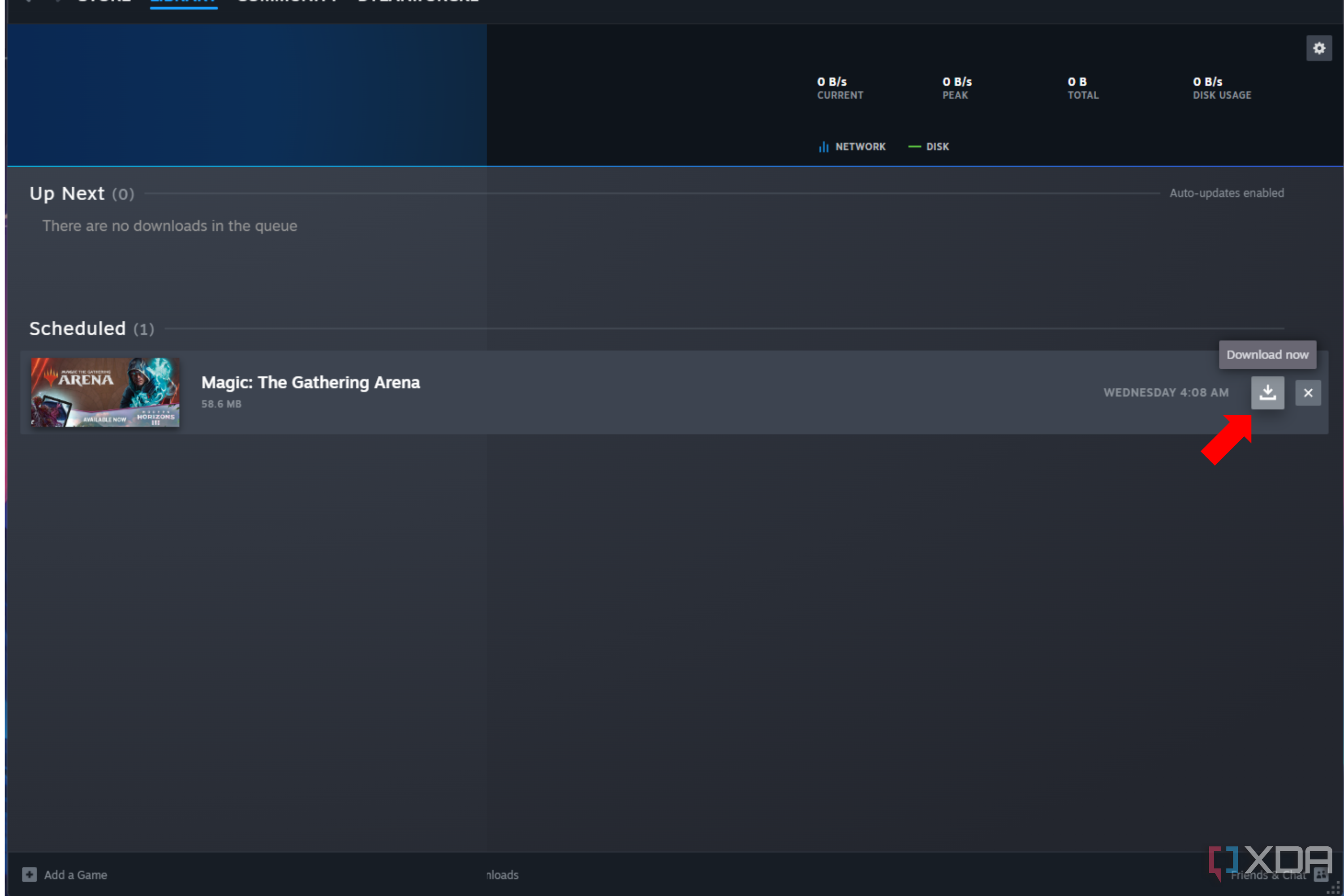Master the Art of News Anchor Speaking: Skills, Training, and Degree Pathways
Introduction
Speaking like a news anchor is more than just reading from a teleprompter. It combines clear communication, authoritative delivery, and a poised on-camera presence. For those aspiring to become a news anchor, understanding both the practical techniques and the educational requirements is essential for success. This comprehensive guide explores how to develop news anchor speaking skills and outlines the typical degree pathways that can help you start your career in broadcast journalism.
Developing a News Anchor Voice: Key Techniques
News anchors are recognized for their clear, confident, and conversational delivery . Achieving this style involves deliberate practice and attention to several core skills:

Source: mimolive.com
1. Mastering Voice Modulation and Diction
A news anchor’s voice should be authoritative yet approachable. Voice modulation allows you to emphasize key points and maintain audience engagement. Practice using varying pitch, tone, and pace. Enunciation is equally important: each word must be crisp and understandable. Professional voice training or public speaking courses can be invaluable for this purpose [2] .
For practical improvement, record yourself reading scripts and listen critically. Focus on clarity, natural speech rhythm, and minimizing filler words. Techniques such as reading scripts aloud, rehearsing with a microphone, and practicing breath control can build vocal strength and confidence [4] .
2. Achieving On-Camera Presence
On-camera presence is about more than appearance: it’s about projecting calm, confidence, and approachability. Anchors must maintain good posture, steady eye contact, and controlled gestures. Practicing in front of a camera and reviewing the footage is one of the most effective ways to identify and correct distracting habits [1] . Rehearse until your delivery feels natural and relaxed, even under pressure.
Professional development courses focused on on-camera skills often include feedback from experienced anchors and opportunities for self-critique. These practical exercises are critical for building the muscle memory and composure necessary for live broadcasting [1] .
3. Speaking Conversationally and Authentically
Audiences respond best to anchors who sound genuine. Avoid putting on an artificial “news anchor voice.” Instead, aim for a conversational style, as if you are explaining the news to a friend. Shorten sentences, use natural language, and emphasize important words to add impact [3] .
When preparing scripts, read them ahead of time and rewrite sections to match your speaking style. This approach reduces on-air mistakes and makes your delivery more engaging. Emphasize key points, use appropriate pauses, and project your natural speaking voice rather than a forced broadcast style [3] .
4. Practicing With Technology and Feedback
Frequent practice is crucial. Use recording devices to observe your own performance. Many successful anchors recommend critiquing your own tapes and seeking professional feedback. Over time, you’ll develop a more polished, confident delivery [1] .
Some universities and training programs offer access to mock studios and teleprompter practice. If these are not available, set up a home recording area and simulate live broadcasts.
Step-by-Step Guide to Speaking Like a News Anchor
- Start with Script Familiarization: Read your news script several times. Edit for clarity and conversational tone. Highlight key words to emphasize during delivery.
- Practice Voice Exercises: Warm up with vocal exercises focusing on breathing, projection, and articulation. Practice reading aloud with varying pitch and pace.
- Record and Review: Set up a camera or use a smartphone to record your delivery. Play it back to assess posture, facial expressions, and vocal clarity.
- Refine On-Camera Presentation: Work on maintaining eye contact with the camera, using natural gestures, and keeping a relaxed facial expression.
- Seek Feedback: Share your recordings with peers, mentors, or instructors for constructive feedback. Incorporate their suggestions into your next practice session.
- Repeat and Improve: Consistent practice and self-review are the keys to improvement. Over time, you’ll develop the poise and confidence of a professional anchor.
What Degree Do You Need to Be a News Anchor?
While there is no single required degree for becoming a news anchor, most professionals in the field have a bachelor’s degree in journalism, communications, or a related field [2] . Programs often include courses in media writing, broadcasting, public speaking, and media ethics, all of which are essential for a successful career in news anchoring.
Common Degree Pathways
Many universities offer specialized programs in broadcast journalism. These programs provide hands-on experience with news writing, video production, and studio operations. If you are already in college or considering enrollment, search for accredited programs in journalism, mass communications, or media studies. To find accredited programs, visit the official websites of recognized universities or search for
“accredited journalism degree programs”
through educational directories or the Accrediting Council on Education in Journalism and Mass Communications (ACEJMC).
Practical Experience and Internships
Beyond academic qualifications, practical experience is highly valued. Many aspiring anchors start as interns at local radio or television stations, assisting with news gathering, script writing, and production. These internships provide exposure to live studio environments, teleprompter use, and on-air presentation. To find opportunities, contact the career services department at your school or reach out directly to local news stations. You can also search for
“broadcast journalism internships”
through reputable job boards and official broadcaster websites.
Alternative Routes and Additional Training
Some news anchors transition from related fields such as public relations, English, or even political science. Supplementing your degree with courses in media production, digital editing, and public speaking can improve your prospects. Continuing education and workshops offered by professional journalism organizations are another way to build your skills and network with industry professionals.
Essential Skills for News Anchors
Regardless of your degree, certain skills are critical:
- Strong Communication: Ability to convey complex information clearly and concisely.
- Adaptability: Comfort with breaking news, live interviews, and unexpected events.
- Teamwork: Collaboration with producers, editors, and technical staff.
- Attention to Detail: Careful review of scripts, facts, and pronunciation.
Developing these skills requires consistent practice and a willingness to learn from both success and failure.
Accessing Training and Opportunities
If you are ready to build your news anchor skills, several pathways are available:
- Enroll in Communications or Journalism Programs: Research accredited universities and colleges offering journalism or broadcast media degrees. Visit their official admission pages for application requirements.
- Take Specialized Training Courses: Consider enrolling in professional courses such as those offered by Media Training Worldwide, which focus on on-camera skills and public speaking. Review course details and registration steps on the official provider’s website [1] .
- Join Public Speaking Clubs: Organizations like Toastmasters International provide structured opportunities to develop communication and leadership skills. Visit the official Toastmasters website to find a club near you.
- Seek Broadcasting Internships: Contact local television and radio stations for available internships or entry-level positions. Many stations list openings on their official websites or job boards.
- Practice Independently: Use home recording equipment to refine your delivery. Participate in online workshops or webinars with experienced news professionals for feedback.
For more details about degree programs, you can search for
“accredited journalism programs”
at major universities or through the ACEJMC website. To find professional training, visit the official websites of recognized media training providers.
Potential Challenges and Solutions
Breaking into news anchoring can be competitive. Entry-level positions may require relocation or working non-traditional hours. Developing a strong demo reel, networking through internships, and continually updating your skills can help you stand out.
If you face difficulties with on-camera nerves, remember that comfort comes with practice. Use mock interviews and simulated newscasts to build confidence. For those struggling with vocal clarity, seek feedback from experienced speakers or consider formal coaching.
Summary and Next Steps
Becoming a news anchor requires a blend of education, practical experience, and dedicated skill development. While a degree in journalism or communications is the typical entry point, hands-on training and consistent practice are equally vital. Whether you’re starting your education or seeking to refine your speaking abilities, multiple pathways exist-from university programs to specialized workshops and local internships. Take the time to research programs, practice your craft, and seek feedback from industry professionals. With persistence and preparation, you can develop the authoritative presence and vocal mastery required for a successful career in news broadcasting.

Source: mindler.com
References
- [1] Media Training Worldwide (2025). On-Camera Skills for TV Reporters and News Anchors.
- [2] Yellowbrick (2023). Mastering News Anchor Training: Tips and Techniques for Success.
- [3] YouTube (2023). How To Read Like a Pro News Anchor/Reporter.
- [4] RCCM Indore (2025). News Anchor Tips and Techniques [PDF].
MORE FROM gowithdeal.com













